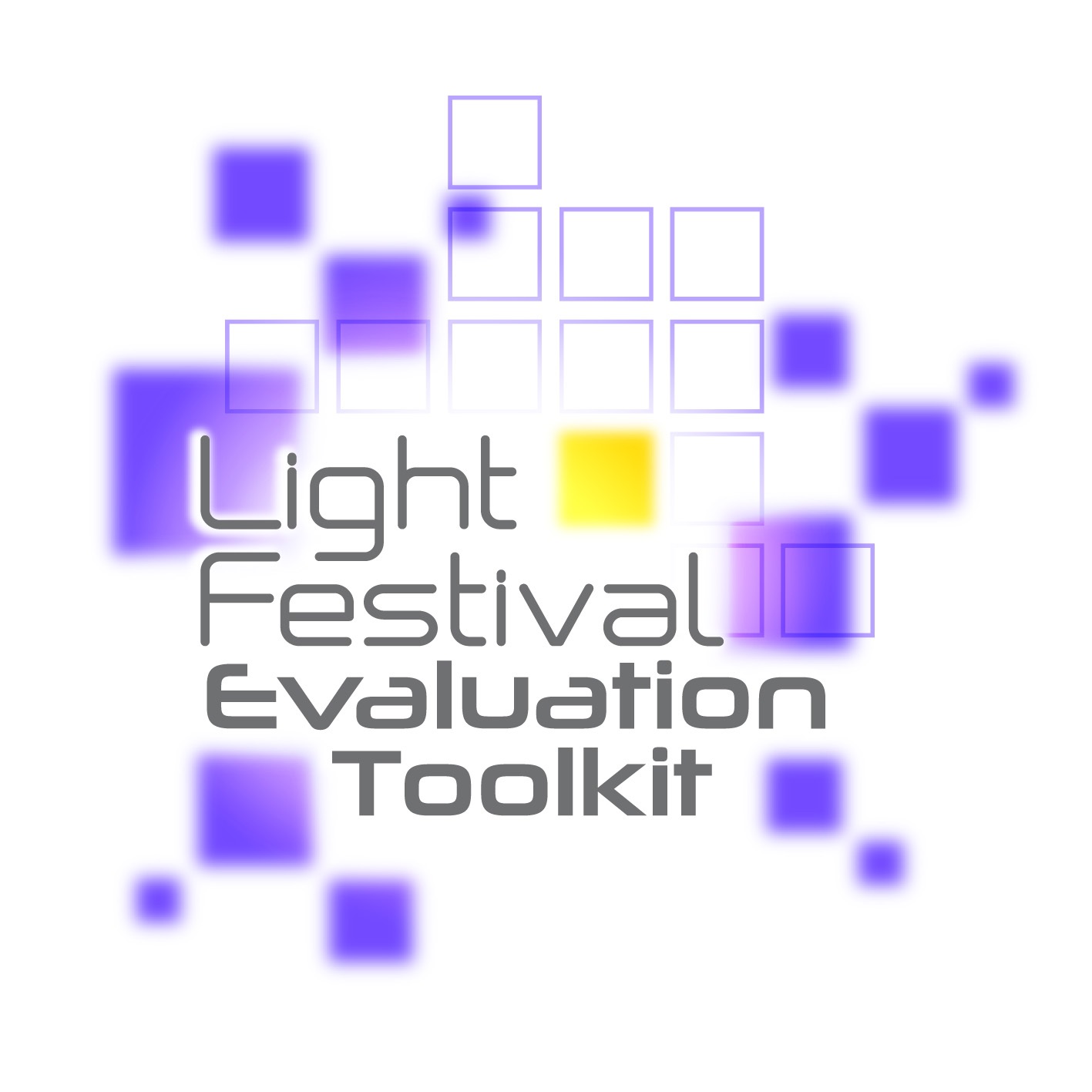What are the Intermediate Economic Impacts of Light?
When considering options for an economic impact study, there is an evident trade-off between what can be measured reliably and the resources available to undertake the research.
The impact research came across very few impact studies (e.g. Glasgow and Osaka) where both visitor and organisers’ expenditure had been included in impact calculations.
The focus of this Toolkit is to provide a generic template to assist organisers to commission economic impact studies, and set the terms of reference for contractors undertaking such assessments.
Direct economic impact
The Direct Economic Impact is a measurement of the total amount of additional expenditure in the city, which can be directly attributed to staging a light event or festival. The two key elements of economic impact are:
Visitor spend: which is defined as additional expenditure within the city (or the defined geographical area) from event-related visitors (i.e. attendees or participants).
Operational spend: the recurring expenses, which are related to the operation of an event and thus exclude any capital investments. In summary the following should be included in the operational costs:
- Fixed costs: office space and salary costs of permanent members of staff
- Variable costs: marketing, advertising and cost of sales
- Sponsorship and in-kind work costs (e.g. equivalent advertising value of free radio advertising or actual cost of sponsorship in the cost of electricity by an electricity company)
Measuring economic impact
The standard approach to measuring the economic impact of the event includes sampling and averaging spending patterns of attendees and then up-scaling the figure to the overall visitor numbers.
To have as robust an estimation of event economic impact as possible, host cities need to have more detailed information on visitors, including information on where visitors come from (i.e. what proportion of visitors are local residents, what proportion are coming from further away). This information is collectable through visitor surveys.
Some impact evaluations have based their visitor expenditure figures on experience from other events (e.g. Glasgow report used overnight expenditure figures from Tourism in the City of Glasgow 2006 report by Visit Scotland) and vary expenditure by the type of visitor (e.g. taking into consideration higher spend by overnight visitors than that of a day visitor). The evaluation evidence on visitor expenditure (based on information from three cities in 2010), suggest daily visitor expenditure ranges from 29 EUR (day visitors in Glasgow) to 116 EUR (Gothenburg).
LUCI research on the benefits of light events saw varying approaches to defining host economy (e.g. city, region or wider area), surveying and sampling parameters, treatment of local residents (some had included these in calculations, some had not), and the application of multipliers.
The toolkit provides a step-by-step guide to measuring direct economic impact, highlighting the relevant issues within each stage.
Go to:



